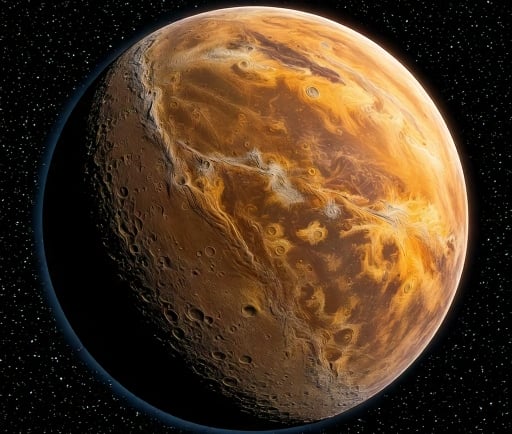Unveiling the Potential of Habitable-Zone Exomoons: Insights from IPMOS and Spitzer Space Telescope


Introduction to Exomoons and Their Importance
The quest for extraterrestrial life has long captivated scientists and enthusiasts alike. Among the most promising avenues of exploration is the study of exoplanets and their moons, particularly those situated within the habitable zones of their stars. Recent investigations utilizing archival time-series photometry of the Infrared Photometric Monitoring for Occultations and Starlight (IPMOS) alongside the capabilities of the Spitzer Space Telescope have shed new light on this subject. These studies have revealed potential evidence for a fading event in the 2MASS J1119–1137 AB system that warrants further exploration.
Understanding the Fading Event
When astronomers examined the archival data from IPMOS in conjunction with observations from the Spitzer Space Telescope, they observed what appeared to be a fading event of 2MASS J1119–1137 AB. Initial analyses suggest the fading could be attributed to intrinsic variability; however, it also aligns with the characteristics expected from a single transit of a habitable-zone exomoon. The exomoon, if confirmed, would possess a radius of approximately 1.7 times that of Earth, placing it squarely within the realm of interest for astrobiological studies.
Detectability of Earth-Sized Exomoons
The implications of these findings are profound. The characteristics of the presented data, coupled with the candidate signal, suggest that there may be Earth-sized habitable-zone exomoons orbiting exoplanets detected by current observational instrumentation. This possibility signifies that our methodologies in astrophysics may soon yield tangible proof of conditions conducive to life beyond our solar system. Furthermore, the ability to detect such celestial bodies expands our understanding of planetary systems and the environmental conditions necessary for life to thrive.
In conclusion, the research highlighted here emphasizes the importance of utilizing sophisticated instruments, such as the Spitzer Space Telescope and IPMOS, to investigate faint signals that may indicate the presence of habitable exomoons. As our technology continues to advance, so too will our capability to uncover the mysteries of the universe, bringing us one step closer to discovering whether we are alone in the cosmos.
